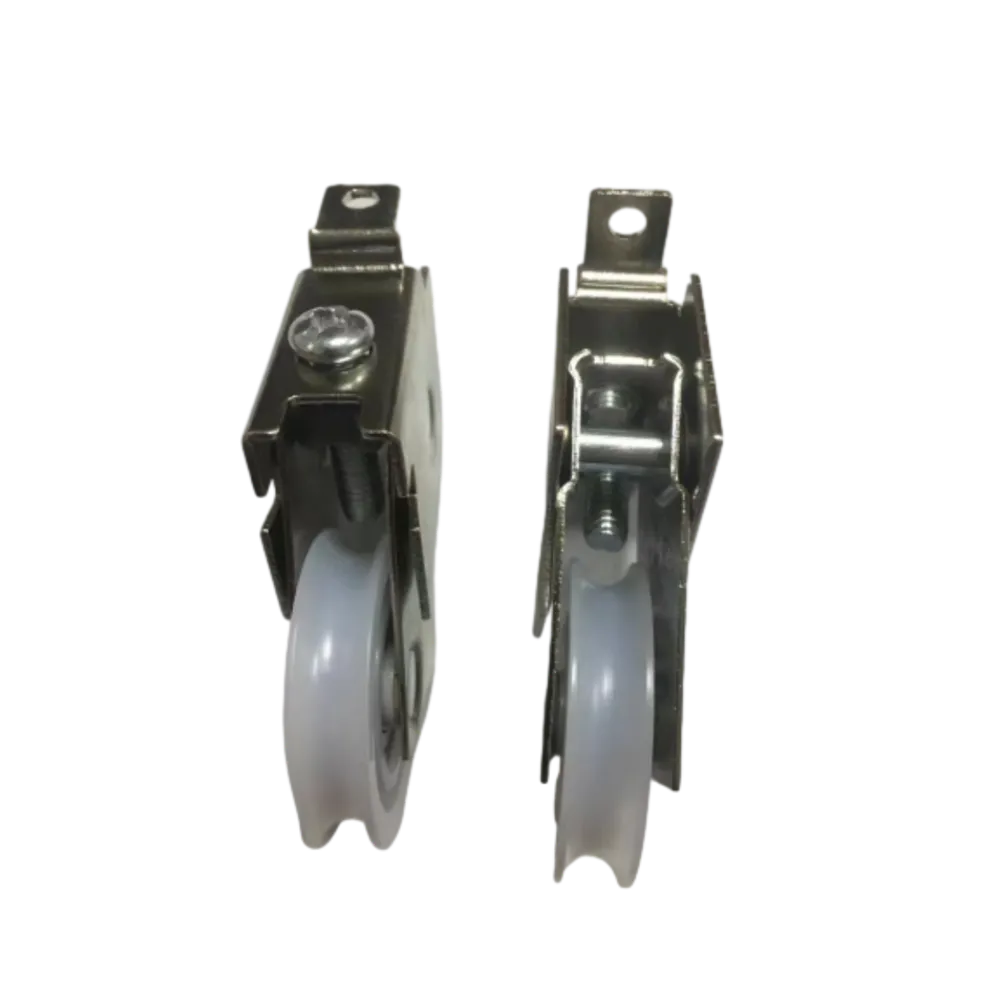decorative iron works
The Art and Craft of Decorative Iron Works
Decorative iron works have been an integral part of architecture and design for centuries, adding elegance, durability, and a touch of artistry to various structures. From ornate gates and railings to intricate balconies and window bars, ironworks embody a blend of functionality and aesthetics that enhances both residential and commercial properties. In this article, we will explore the significance, techniques, and trends associated with decorative iron works.
Historical Significance
The history of decorative iron works can be traced back to ancient civilizations, where blacksmiths played a vital role in crafting tools, weapons, and ornamental pieces. In Europe, particularly during the Middle Ages, the rise of Gothic architecture brought about a surge in the use of wrought iron. This material was favored for its malleability and strength, allowing artisans to create intricate designs that complemented the grandeur of cathedrals and castles. As the Renaissance ushered in a new appreciation for art and design, decorative iron works evolved further, showcasing elaborate motifs, scrolls, and floral patterns that became synonymous with luxury and sophistication.
Techniques in Decorative Iron Works
Creating decorative iron works involves a myriad of techniques that highlight the skills of the blacksmith and the beauty of the material. The primary methods include forging, welding, and casting.
- Forging is perhaps the most traditional technique, where iron is heated until it becomes malleable, allowing it to be shaped into complex forms using hammers and anvils. This method enables artisans to produce unique designs tailored to specific projects, ensuring that each piece is one-of-a-kind.
- Welding, a more modern approach, involves fusing pieces of iron together using heat and pressure
. This technique has expanded the possibilities for decorative iron works, enabling larger and more intricate designs that may have been impossible through traditional forging alone.- Casting is another essential method where molten iron is poured into molds to create detailed sculptures and components. This technique allows for mass production of intricate designs while maintaining consistent quality across multiple pieces.
decorative iron works

Modern Trends in Decorative Iron Works
In contemporary design, decorative iron works have seen a resurgence, influenced by architectural trends and a growing appreciation for handcrafted items. Many homeowners and businesses are opting for custom designs that reflect their unique styles and cater to specific needs.
One prominent trend is the fusion of metalwork with other materials, such as glass and wood. For instance, combining wrought iron railings with tempered glass panels creates a striking visual contrast, providing safety without obstructing views. Similarly, incorporating wood accents with iron frames can soften the industrial feel of a piece, making it more inviting.
Additionally, sustainability has become a key consideration in modern iron works. Artisans are increasingly using recycled metals and eco-friendly practices, appealing to environmentally conscious consumers. This movement not only reduces waste but also preserves the traditional craftsmanship associated with ironwork.
The Future of Decorative Iron Works
As we look towards the future, decorative iron works will likely continue to evolve, adapting to changing architectural styles and consumer preferences. With advancements in technology, such as computer-aided design (CAD) and laser cutting, artisans are now able to explore new possibilities in design and production, creating complex patterns that push the boundaries of traditional craftsmanship.
Moreover, the rise of the DIY culture has encouraged more individuals to explore decorative iron work as a hobby. With accessible resources and tutorials available, enthusiasts can create their own pieces, ensuring that the art of decorative iron works continues to thrive and inspire future generations.
In conclusion, decorative iron works represent more than just functional elements in architecture; they are a testament to human creativity and craftsmanship. As we celebrate this timeless art form, it is essential to appreciate the skill and imagination that go into each piece, making decorative iron works a cherished aspect of our built environment.
-
Wrought Iron Components: Timeless Elegance and Structural StrengthNewsJul.28,2025
-
Window Hardware Essentials: Rollers, Handles, and Locking SolutionsNewsJul.28,2025
-
Small Agricultural Processing Machines: Corn Threshers, Cassava Chippers, Grain Peelers & Chaff CuttersNewsJul.28,2025
-
Sliding Rollers: Smooth, Silent, and Built to LastNewsJul.28,2025
-
Cast Iron Stoves: Timeless Heating with Modern EfficiencyNewsJul.28,2025
-
Cast Iron Pipe and Fitting: Durable, Fire-Resistant Solutions for Plumbing and DrainageNewsJul.28,2025
-
 Wrought Iron Components: Timeless Elegance and Structural StrengthJul-28-2025Wrought Iron Components: Timeless Elegance and Structural Strength
Wrought Iron Components: Timeless Elegance and Structural StrengthJul-28-2025Wrought Iron Components: Timeless Elegance and Structural Strength -
 Window Hardware Essentials: Rollers, Handles, and Locking SolutionsJul-28-2025Window Hardware Essentials: Rollers, Handles, and Locking Solutions
Window Hardware Essentials: Rollers, Handles, and Locking SolutionsJul-28-2025Window Hardware Essentials: Rollers, Handles, and Locking Solutions -
 Small Agricultural Processing Machines: Corn Threshers, Cassava Chippers, Grain Peelers & Chaff CuttersJul-28-2025Small Agricultural Processing Machines: Corn Threshers, Cassava Chippers, Grain Peelers & Chaff Cutters
Small Agricultural Processing Machines: Corn Threshers, Cassava Chippers, Grain Peelers & Chaff CuttersJul-28-2025Small Agricultural Processing Machines: Corn Threshers, Cassava Chippers, Grain Peelers & Chaff Cutters












